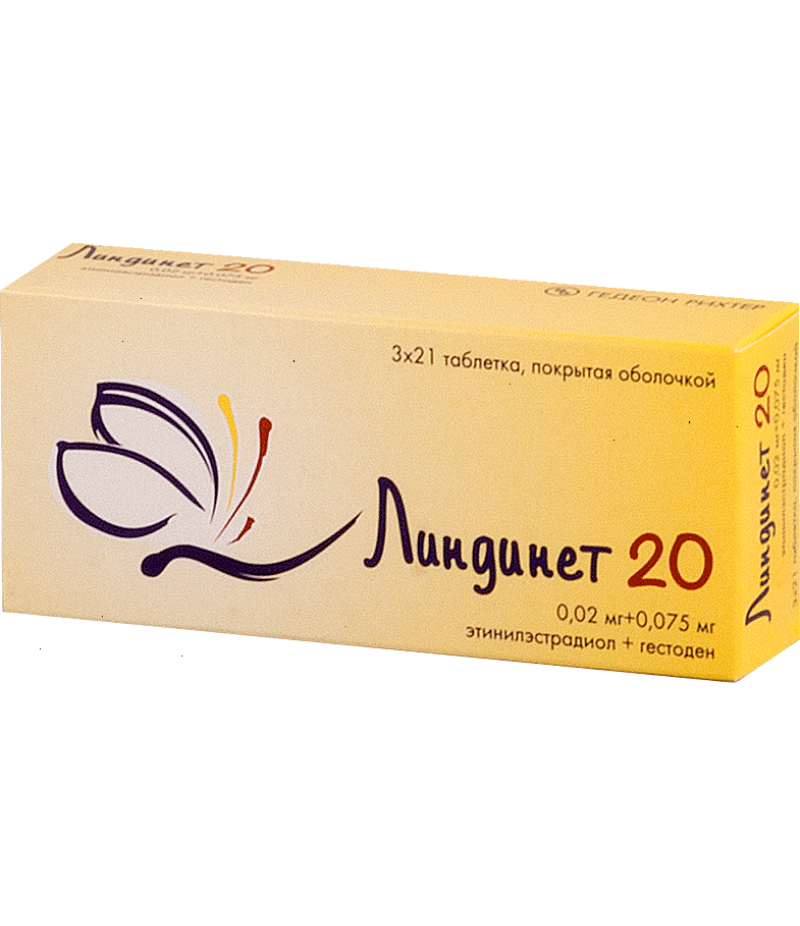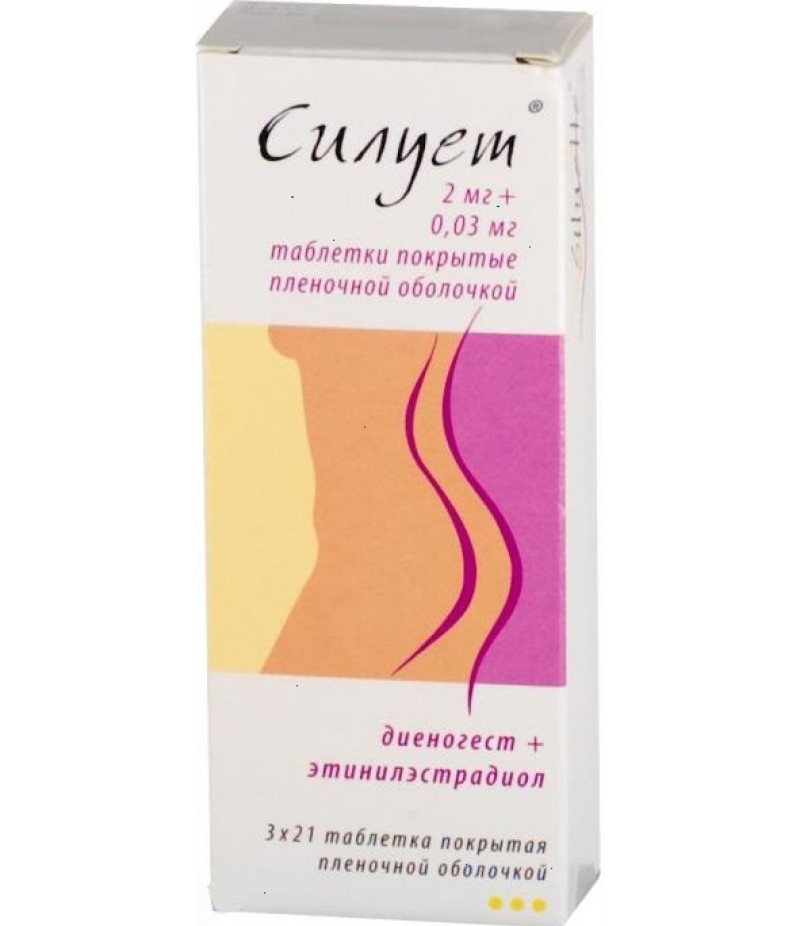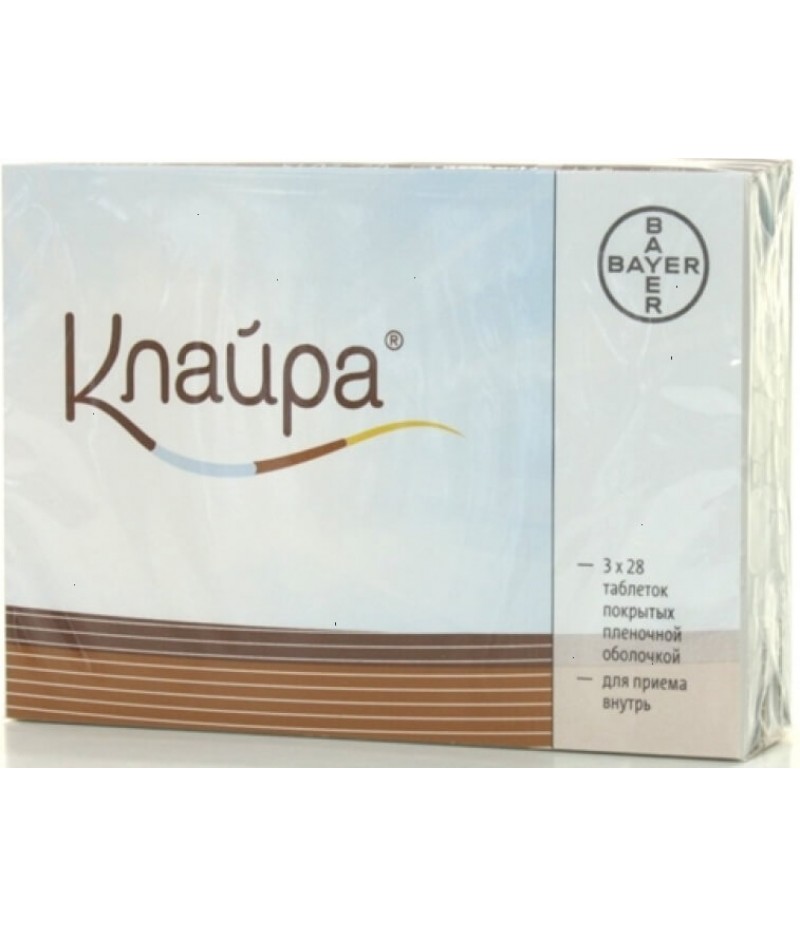Lindynette 20 #21x3
- $54.42
- 2 or more $53.50
- 3 or more $52.20
- Availability:In Stock
Lindynette 20 — effective combined oral contraceptive tablet. Contains ethinyl estradiol and gestodene for reliable birth control. Helps regulate menstrual cycle and supports reproductive health. Suitable ..
Tags: tabs
- Lindynette 20 — effective combined oral contraceptive tablet.
- Contains ethinyl estradiol and gestodene for reliable birth control.
- Helps regulate menstrual cycle and supports reproductive health.
- Suitable for planned contraception with medical supervision.
- Manufactured by Gedeon Richter, trusted pharmaceutical brand.
Order Lindynette 20 online now for reliable contraception with fast worldwide delivery — no prescription required.
What is Lindynette 20?
Lindynette 20 is a combined oral contraceptive in tablet form, containing ethinyl estradiol (0.02 mg) and gestodene (0.075 mg). It is commonly used for planned contraception to prevent pregnancy and help regulate the menstrual cycle.
How Does Lindynette Work?
This contraceptive works by suppressing the pituitary gland's secretion of gonadotropins, thereby preventing egg maturation and fertilization. Ethinyl estradiol, a synthetic estrogen, supports menstrual cycle regulation and reproductive system health. Gestodene is a powerful progestin that inhibits ovulation and increases cervical mucus thickness to reduce sperm penetration.
Key Benefits
- Reliable contraception when taken as directed
- Helps normalize menstrual cycles
- May reduce risk of reproductive system disorders
- Convenient tablet form for daily use
- Produced by reputable pharmaceutical manufacturer
How to Use Lindynette 20
Take one tablet daily, preferably at the same time each day, for 21 days followed by a 7-day break. The first tablet should be taken between days 1 and 5 of your menstrual cycle. Follow your healthcare provider’s instructions carefully.
Important Precautions
- Not suitable during pregnancy or lactation
- Avoid if you have a history of blood clots, severe hypertension, liver disease, or hormone-sensitive cancers
- Consult your doctor if you smoke, are over 35, or have a family history of thrombosis
- Use additional contraception if you miss a dose or take interacting medications
Possible Side Effects
Common side effects may include headache, nausea, breast tenderness, and mood changes. If you experience serious symptoms such as signs of thrombosis (chest pain, severe headache, sudden vision changes), seek medical help immediately.
Storage and Shelf Life
Store at room temperature, below 25°C, away from sunlight and out of reach of children. The shelf life is 3 years from the date of manufacture.
Order Lindynette 20 now for fast, reliable contraception — no prescription needed!





